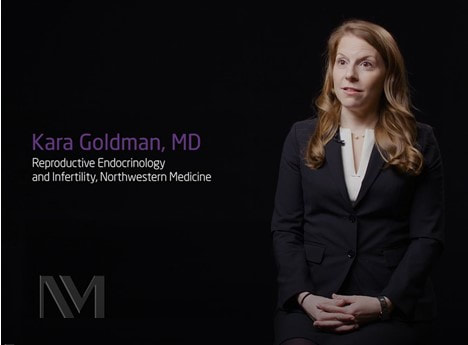|
January 2022 THE POWER OF PROXIMITY: EFFECTS OF A MULTI-DISCIPLINARY FIBROID CLINIC ON INTER-SPECIALTY PERCEPTIONS AND PRACTICE PATTERNSFeaturing: Oluwateniola “Teni” Brown, MD, C Emi Bretschneider, MD,, Kimberly Sue Kenton, MD.
Abstract Background: Multidisciplinary collaboration has generally been shown to have positive effects on healthcare but can be difficult to facilitate. This study assessed the effects of a multidisciplinary fibroid clinic on practice patterns and clinician perceptions to better understand drivers of interspecialty collaboration. Materials and methods: Annual rates of hysterectomies, myomectomies, and uterine fibroid embolizations (UFEs) performed in an urban healthcare system were collected from 2012-2019. Rates of each procedure were compared over time before and after launching a multidisciplinary fibroid clinic at the academic medical center. Referral rates were also compared. The gynecologists and interventional radiologists (IRs) involved in the clinic were interviewed 2 years prior to and after the clinic launch about their approaches to fibroids and perceptions of others who treat this condition. A phenomenological approach was used to identify and compare themes within the interviews by two researchers with excellent inter-rater agreement (κ = 0.80). Results and discussion: Annual rates of fibroid procedures increased over time (p<0.01) but the relative number of UFEs decreased (p = 0.01). UFE referrals by the clinic gynecologists significantly increased as did the number of combined fibroid procedures (p<0.01). However, the rates of one fibroid procedure relative to others were not different between the clinic and rest of the healthcare system (p = 0.55). Specialty-specific perceptions of fibroid treatments and inter-specialty dynamics did not change. Despite this, clinicians unanimously perceived the clinic and post-clinic practice patterns as positive and distinct from their previous work and relationships between gynecology and IR elsewhere. Limitations of this study included its single clinic design and potential confounder of differences in advertising pre- versus post-clinic. Conclusion: Creating the right practice environment may be more important for fostering inter-specialty collaboration and work satisfaction than shared mental models or procedural volumes in certain practice settings. This article was originally published in the PLoS One in February 2022. |
Oluwateniola “Teni” Brown, MD, assistant professor of Female Pelvic Medicine and Reconstructive Surgery (Urogynecology) in the department of Obstetrics and Gynecology.
C Emi Bretschneider, MD, assistant professor of Female Pelvic Medicine and Reconstructive Surgery (Urogynecology) in the department of Obstetrics and Gynecology.
Kimberly Sue Kenton, MD, former chief of Female Pelvic Medicine and Reconstructive Surgery in the Department of Obstetrics and Gynecology, and the Arthur Hale Curtis Professor of Obstetrics and Gynecology.
Refer a PatientNorthwestern Medicine welcomes the opportunity to partner with you in caring for your patients.
|
You May Also Like
|
February 2020 |







